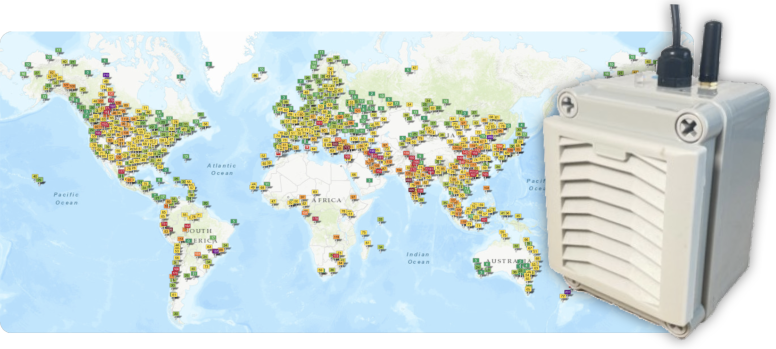The detailed forecast analysis is also available for other cities:
Or just select any of those cities:
Beijing, Shanghai, Chengdu, Shenyang, Shenzhen, Guangzhou, Qingdao, Xian, Tianjin, Saitama, Kyoto, Osaka, Seoul, Busan, Bogota, Delhi, Jakarta, Ulaanbaatar, Hanoi, Chennai, Kolkata, Mumbai, Hyderabad, Santiago, Lima, Saopaulo, Quito, Singapore, Kuala-lumpur, Ipoh, Perai, Miri, New York, Seattle, Chicago, Boston, AtlantaFor other cities, countries or pollutants, please refer to world air quality forecast maps:
https://waqi.info/forecast/
